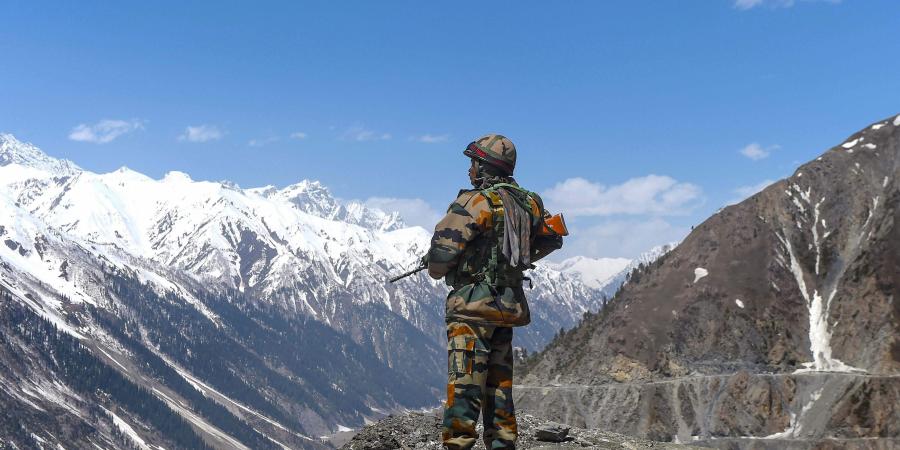Ladakh stand-off: The enhancement of combat capabilities by the two armies in the region came even as both countries continued their efforts to resolve the dispute through talks at military and diplomatic levels
Agencies
New Delhi, June 1:
The Indian Army and the Chinese military are moving in heavy equipment and weaponry including artillery and combat vehicles to their rear bases close to the disputed areas in eastern Ladakh. The two sides remain engaged in a standoff along the troubled region for over 25 days, military sources said on Sunday.
The enhancement of combat capabilities by the two armies in the region came even as both countries continued their efforts to resolve the dispute through talks at military and diplomatic levels.
The Chinese Army has been gradually ramping up its strategic reserves in its rear bases near the Line of Actual Control or LAC in eastern Ladakh by rushing in artillery, infantry combat vehicles and heavy military equipment, the sources said.
The Indian Army has also been moving in additional troops as well equipment and weapons like artillery to aggressively match up to the Chinese build-up, they said, adding that India will not relent till status quo is restored in Pangong Tso, Galwan Valley and a number of other areas.
The Indian Air Force (IAF) has been keeping a strict aerial surveillance in the disputed region.
A sizeable number of Chinese Army personnel entered into the Indian side of the de-facto border earlier this month and have been camping in Pangong Tso and Galwan Valley since then.
The enhancement of combat capabilities by the two armies in the region came even as both countries continued their efforts to resolve the dispute through talks at military and diplomatic levels
The Indian Army fiercely objected to the transgressions by the Chinese troops and demanded their immediate withdrawal for restoration of peace in the area.
The Chinese Army has ramped up their presence in Demchok and Daulat Beg Oldie too – the two sensitive areas with a history of skirmishes involving the two sides.
The Chinese Army is learnt to have deployed around 2,500 troops in Pangong Tso and Galwan Valley, besides gradually enhancing temporary infrastructure and weaponry. However, there is no official figure about the numbers.
Sources said satellite images have captured significant ramping up of defence infrastructure by China on its side of the de-facto border including construction activities at a military airbase around 180 km from Pangong Tso area.
The assessment by the Indian Army is that the build-up is aimed at putting pressure on India. “We are well aware of the Chinese ploy. The Indian Army is firm on its stand that we are not going to accept anything less than restoration of status quo in the area,” said a senior military official.
Defence Minister Rajnath Singh on Saturday said bilateral talks were on at military and diplomatic levels with China to resolve the row.
The trigger for the face-off was China’s opposition to India laying a key road in the finger area around Pangong Tso Lake, besides construction of another road connecting Darbuk-Shayok-Daulat Beg Oldie road in Galwan Valley.
The sources said China was also laying a road in the finger area, which is not acceptable to India. The sources said military reinforcements including troops, vehicles and artillery guns were sent to eastern Ladakh by the Indian Army to shore up its presence in the areas where Chinese soldiers were resorting to aggressive posturing.
The situation in eastern Ladakh deteriorated after around 250 Chinese and Indian soldiers were engaged in a face-off on May 5, which spilled over to the next day before the two sides agreed to “disengage”. However, the standoff continued.




